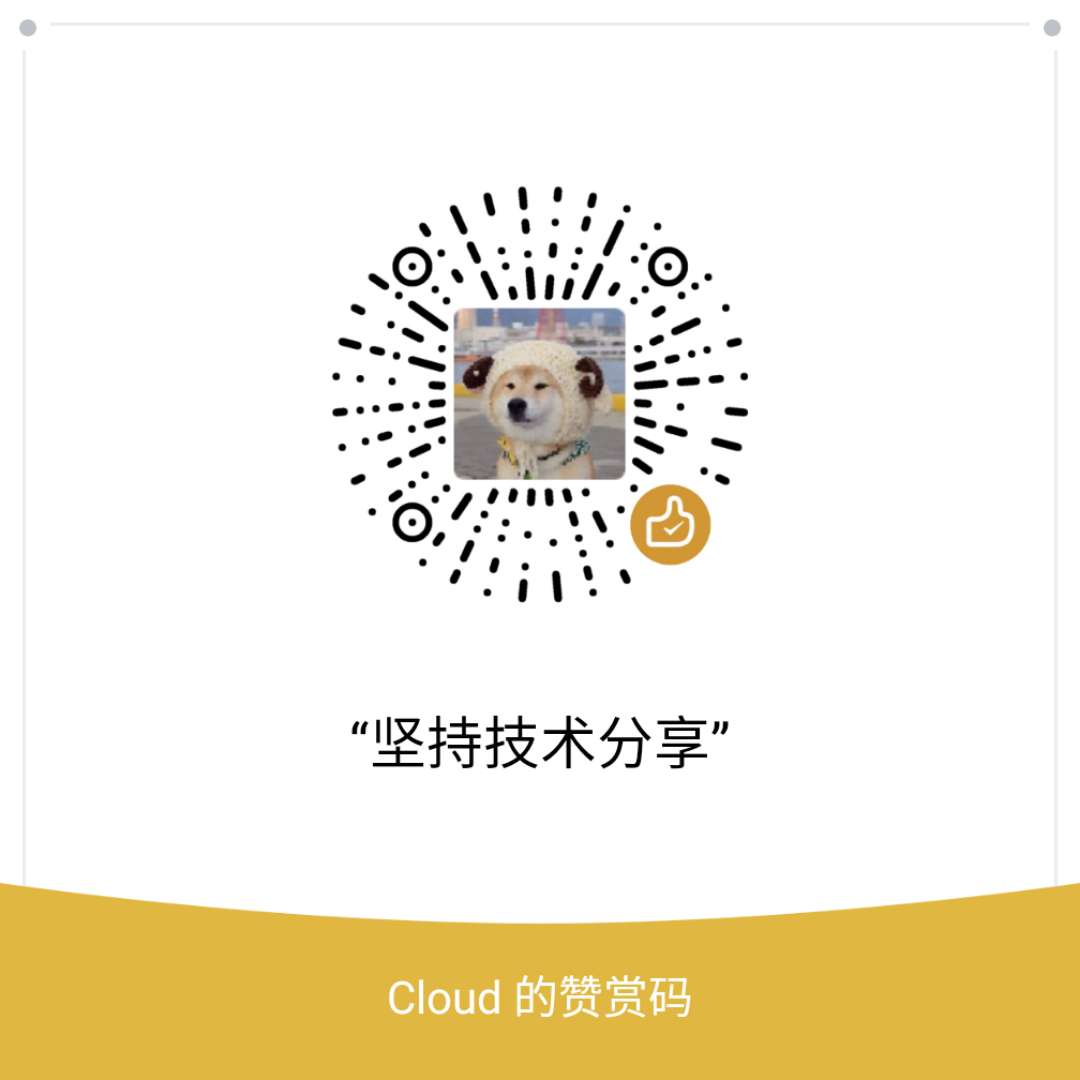Deep Dive into SeaTunnel Databend Sink Connector CDC Implementation
Background
Databend is an AI-native data warehouse optimized for analytical workloads with a columnar storage architecture, serving as an open-source alternative to Snowflake. When handling CDC (Change Data Capture) scenarios, executing individual UPDATE and DELETE operations severely impacts performance and fails to leverage Databend’s batch processing advantages.
Before PR #9661, SeaTunnel’s Databend sink connector only supported batch INSERT operations, lacking efficient handling of UPDATE and DELETE operations in CDC scenarios. This limitation restricted its application in real-time data synchronization scenarios.
Core Challenges
CDC scenarios present the following main challenges:
- Performance Bottleneck: Executing individual UPDATE/DELETE operations generates excessive network round-trips and transaction overhead
- Resource Consumption: Frequent single operations cannot utilize Databend’s columnar storage advantages
- Data Consistency: Ensuring the order and completeness of change operations
- Throughput Limitation: Traditional approaches struggle with high-concurrency, large-volume CDC event streams
Solution Architecture
Overall Design Approach
The new CDC mode achieves high-performance data synchronization through the following innovative design:
1 | graph LR |
Core Components
1. CDC Mode Activation Mechanism
When users specify the conflict_key parameter in configuration, the connector automatically switches to CDC mode:
1 | sink { |
2. Raw Table Design
The system automatically creates a temporary raw table to store CDC events:
1 | CREATE TABLE IF NOT EXISTS raw_cdc_table_${target_table} ( |
3. Stream Mechanism
Leveraging Databend Stream functionality to monitor raw table changes:
1 | CREATE STREAM IF NOT EXISTS stream_${target_table} |
Stream advantages:
- Incremental Processing: Only processes new change records
- Transaction Guarantee: Ensures no data loss
- Efficient Querying: Avoids full table scans
4. Two-Phase Processing Model
Phase 1: Data Writing
- SeaTunnel writes all CDC events (INSERT/UPDATE/DELETE) to the raw table in JSON format
- Supports batch writing for improved throughput
Phase 2: Merge Processing
- Periodically executes MERGE INTO operations based on SeaTunnel AggregatedCommitter
- Merges data from raw table to target table
MERGE INTO Core Logic
1 | MERGE INTO target_table AS t |
Implementation Details
Key Code Implementation
Based on PR #9661 implementation, the main core classes involved are:
DatabendSinkWriter Enhancement
1 | public class DatabendSinkWriter extends AbstractSinkWriter<SeaTunnelRow, DatabendWriteState> { |
Configuration Options Extension
New CDC-related configurations in DatabendSinkOptions:
1 | public class DatabendSinkOptions { |
Batch Processing Optimization Strategy
The system employs a dual-trigger mechanism for executing MERGE operations:
- Quantity-based: Triggers when accumulated CDC events reach
batch_size - Time-based: Triggers when SeaTunnel’s checkpoint.interval is reached
1 | if (isCdcMode && shouldPerformMerge()) { |
Performance Advantages
1. Batch Processing Optimization
- Traditional Approach: 1000 updates = 1000 network round-trips
- CDC Mode: 1000 updates = 1 batch write + 1 MERGE operation
2. Columnar Storage Utilization
- MERGE INTO operations fully leverage Databend’s columnar storage characteristics
- Batch updates only scan relevant columns, reducing I/O overhead
3. Resource Efficiency Improvement
- Reduced connection overhead
- Lower transaction management costs
- Enhanced concurrent processing capability
Usage Examples
Complete Configuration Example
1 | env{ |
Monitoring and Debugging
1 | -- View Stream status |
Error Handling and Fault Tolerance
1. Retry Mechanism
The system includes intelligent retry mechanisms that automatically retry during network anomalies or temporary failures.
2. Data Consistency Guarantee
- Uses
QUALIFY ROW_NUMBER()to ensure only the latest changes are processed - Stream mechanism ensures no data loss
- Supports checkpoint recovery
3. Resource Cleanup
1 | -- Periodically clean processed raw table data |
Future Optimization Directions
- Intelligent Batching: Dynamically adjust batch sizes based on data characteristics
- Schema Evolution: Automatically handle table structure changes
- Monitoring Metrics: Integrate comprehensive performance monitoring
- Parallel Processing: Support multi-table parallel CDC synchronization
Conclusion
By introducing Stream and MERGE INTO mechanisms, SeaTunnel’s Databend sink connector successfully implements high-performance CDC support. This innovative solution not only significantly improves data synchronization performance but also ensures data consistency and reliability. For OLAP scenarios requiring real-time data synchronization, this feature provides robust technical support.
Related Links
- PR #9661: feat(Databend): support CDC mode for databend sink connector
- Databend MERGE INTO Documentation
- Databend Stream Documentation
- SeaTunnel Databend Connector Documentation
- Databend GitHub Repository


